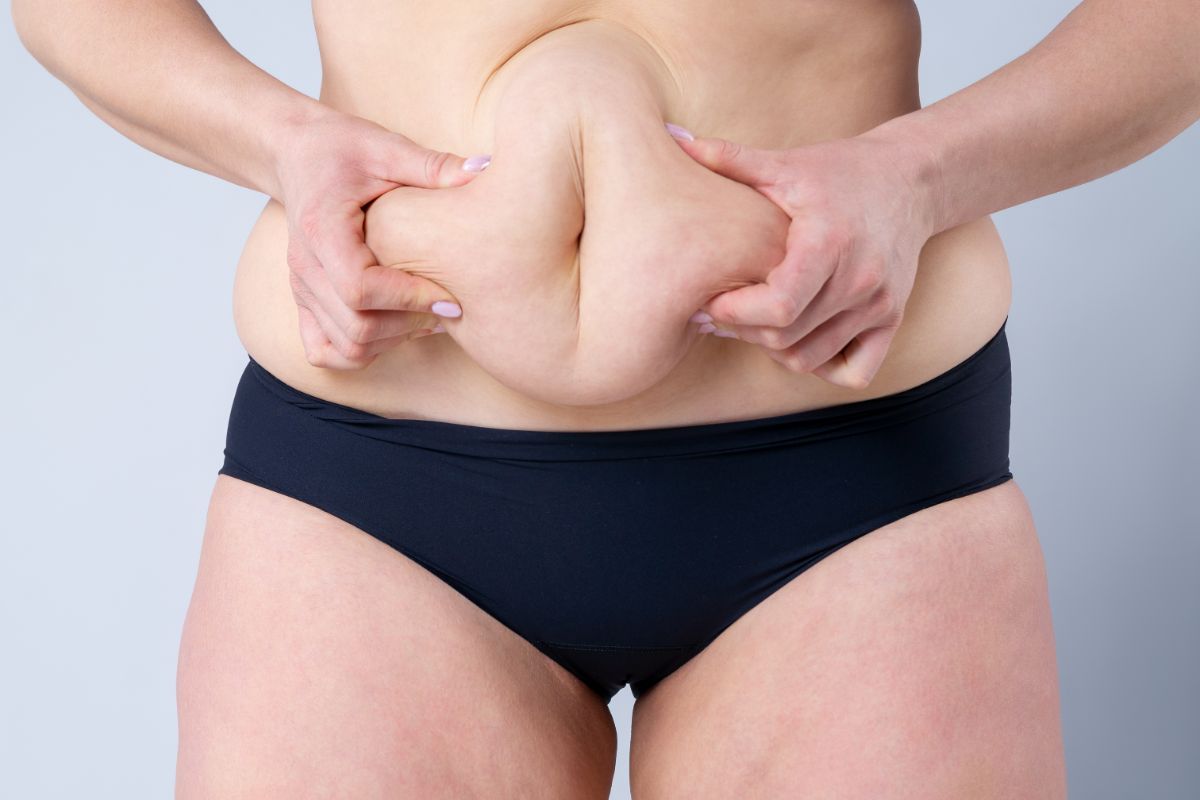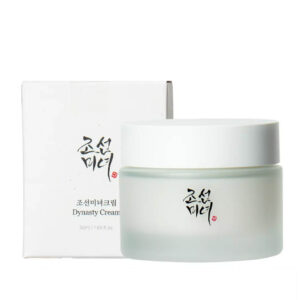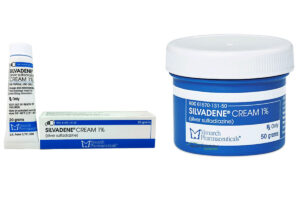Embarking on a journey toward a firmer abdomen involves more than aesthetic enhancements—explore the transformative medical benefits of a tummy tuck procedure, uncovering the positive impact on both appearance and well-being.
A tummy tuck is a surgical procedure that removes excess skin and tightens abdominal muscles. In addition to providing immediate cosmetic dividends, it also improves posture and alleviates some types of back pain.
Many men and women seek a tummy tuck for aesthetic reasons. However, this popular surgery can address several health problems as well.
Table of Contents
Removing Excess Skin and Excess Fat
The abdominal region of the body can be especially problematic for women who have experienced multiple pregnancies or men who have undergone significant weight loss. Loose skin in this area can make it difficult to find clothing that fits well and can make you self-conscious about your appearance. A tummy tuck (abdominoplasty) can remove excess skin and tighten muscles for a flatter, firmer midsection.
The surgery can also help you maintain a healthy weight by encouraging you to stick to your diet and exercise routine. Many patients say they are motivated to do so by the desire to maintain their new, slimmer figure.
Tummy tucks are performed under local anesthesia or sedation, making the procedure comfortable and safe. Before the operation, you will need to provide a complete medical history, including any current or past health issues or medications you take. You should also tell your doctor if you smoke or have any other conditions that could affect your recovery or increase the risk of complications.
In addition to removing loose skin and tightening the muscles, a tummy tuck can correct stretch marks. These scars are caused by massive fluctuations in weight that tear the deeper layers of your skin. Typically, they are deep red or violet in color, but they fade with time and become less noticeable as the skin becomes more supple.
A tummy tuck can also reduce the chance of hernias in the abdominal region. A hernia occurs when an organ pushes through a weakness or opening in the muscles of your abdomen. A tummy tuck can repair this problem by pulling the stomach muscle together and reducing the size of the hernia.
Having a toned, firm belly can greatly improve your confidence and self-image, particularly for women who have experienced significant pregnancy changes. In fact, a study published in the Aesthetic Surgery Journal found that tummy tucks can improve a woman’s self-image and reduce depression and anxiety related to changes in their bodies after pregnancy. In addition, the removal of stretch marks and loose skin can help women feel more confident about their appearance after a tummy tuck.
Tightening the Abdominal Muscles
Many people who seek tummy tucks for aesthetic reasons want the flatter, toned appearance that results from removing excess skin and fat. But tummy tucks also offer medical benefits such as abdominal muscle repair and reduction of back pain and other symptoms related to hernias and weak muscles in the abdomen.
One common cause of hernias in the stomach is diastasis recti, which occurs when the abdominal muscles separate in the middle of the belly. This is a condition that can occur after pregnancy, significant weight loss or other factors causing stretched or weakened abdominal muscles. Although exercise can temporarily help improve this condition, surgery is often the only option to permanently correct it. A tummy tuck can not only remove the loose skin that creates this gap but also tightens the muscles in the abdomen.
Weak abdominal muscles are also linked to poor posture and back pain in some individuals. When the muscles are weakened by weight gain or significant stretching, they no longer provide support for the spine and other surrounding muscle groups. Tummy tucks can restore abdominal muscle tone and tightness, which can reduce back pain for patients who struggle with this problem.
In addition, tummy tucks can correct a type of bladder control disorder called stress urinary incontinence (SUI). This condition causes uncontrollable leakage induced by sudden and forceful activities such as sneezing, coughing, laughing or exercising. Typically, hernias and SUI can be corrected without surgery, but tummy tucks can strengthen the abdominal muscles, which may be necessary to prevent future hernias from forming.
Tummy tucks can also help individuals maintain a healthy weight, because the removal of fat cells from the body prompts the hypothalamus to send fewer “hunger” signals to the brain. Having a trimmer figure motivates many patients to follow a balanced diet and exercise regimen, which can lead to long-term weight stability.
Individuals interested in learning more about tummy tucks are encouraged to book an appointment with a board-certified plastic surgeon. During an in-person consultation, the doctor will review your medical history and any medications you take to ensure that you are a good candidate for this procedure. He or she will also perform a physical exam to examine the area that will undergo treatment and determine whether a full or partial tummy tuck is best for you.
Reducing Back Pain
The weakened abdominal muscles often resulting from pregnancy and significant weight loss can result in back pain. Non-surgical methods of treating back pain are typically limited to the use of painkillers and physical therapy. While these treatments may help to alleviate pain, they do not address the root cause of the problem: weakened abdominal muscles. A tummy tuck can help reduce back pain by directly targeting and tightening the abdominal muscles to correct the condition known as diastasis recti.
Diastasis recti causes the separation of the abdominal muscles in the middle of the abdomen, and this can lead to poor posture, back pain and other health issues. A tummy tuck can restore the abs to their normal tightness, providing much-needed support for the spine. This, in turn, can improve posture and alleviate back pain and other health conditions such as low back pain, numbness in the legs or a protruding stomach.
A tummy tuck can also enhance muscle strength, further improving posture and protecting the spine. This can be particularly helpful for women who have undergone pregnancy, but the procedure can also help men and women with weakened muscles due to age or heredity. A study of tummy tuck patients found that 80% reported improvement in their back pain, with some even experiencing relief from chronic lower back pain that had lasted for years before surgery.
Tummy tucks are performed under general anesthesia, and the recovery process can take several days. During this time, it is important to rest and follow the surgeon’s instructions on how to care for the incision site. It is also important to avoid putting too much pressure on the abdomen, which could cause additional damage and slow down the healing process.
During the recovery process, it is important to have someone stay with you at home to help out, and to drive you to and from appointments to avoid excessive straining. It is also a good idea to wait until after the doctor says it is safe to resume normal activities before engaging in strenuous exercise, as this could increase bruising and pain.
Correcting Stress Urinary Incontinence
While most people consider a tummy tuck, or abdominoplasty, a cosmetic procedure, the surgery does have medical benefits. One such benefit is improved bladder control in patients with stress urinary incontinence (SUI). This condition is characterized by uncontrollable urine leakage after increased abdominal pressure, such as from coughing, sneezing, exercising or laughing. A tummy tuck can help improve bladder control for SUI patients by tightening the muscles in the abdominal and pelvic area.
Many SUI patients are unable to find relief from their symptoms with other treatments, such as medications or physical therapy. For some, even the use of an incontinence pad isn’t enough to provide complete relief from their incontinence. A tummy tuck, or abdominoplasty, has been shown to be an effective treatment for SUI in a number of studies. This is especially true for women who have not had a prior cesarean section. Tummy tucks can be performed using several different techniques, including Burch procedures that involve transferring tissue from above the bladder neck to suspend it in a new position. Another surgical option, called a colposuspension, involves making a cut in the lower tummy and vagina to lift the neck of the bladder and stitch it in this raised position.
A tummy tuck can also help improve SUI by tightening the soft tissues that support the bladder, pelvic floor and urethra. This helps prevent bladder leakage by placing tension and pressure along the passage from the bladder to the urethra, which can help keep it closed during activity.
If you’re thinking about getting a tummy tuck to improve your body image, or you are experiencing back pain, schedule a consultation with a board-certified plastic surgeon who can discuss your goals and recommend the best treatment options for your unique needs. At Julian Institute of Plastic Surgery, they offer both traditional and minimally invasive tummy tucks for Beverly Hills-area patients. Contact them today to set up your appointment! We look forward to helping you achieve your cosmetic and functional goals.
Recommended readings:
- Botox Injections: A Comprehensive Guide to Youthful Radiance
- CoolSculpting Vs Other Fat Reduction Methods
- Cryolipolysis: Chilling Away Stubborn Fat
- Medical Spa Treatments for Post-Surgery Healing







